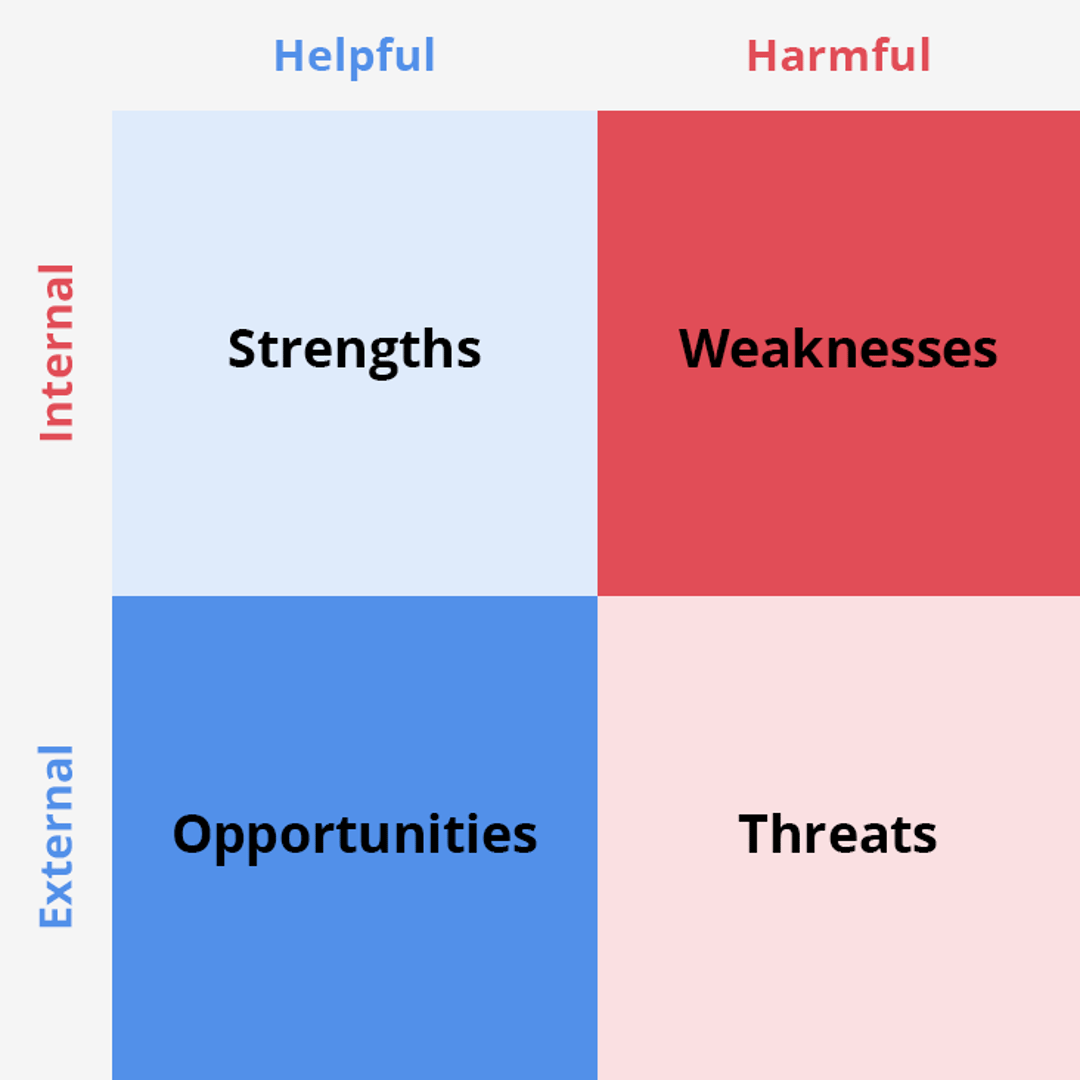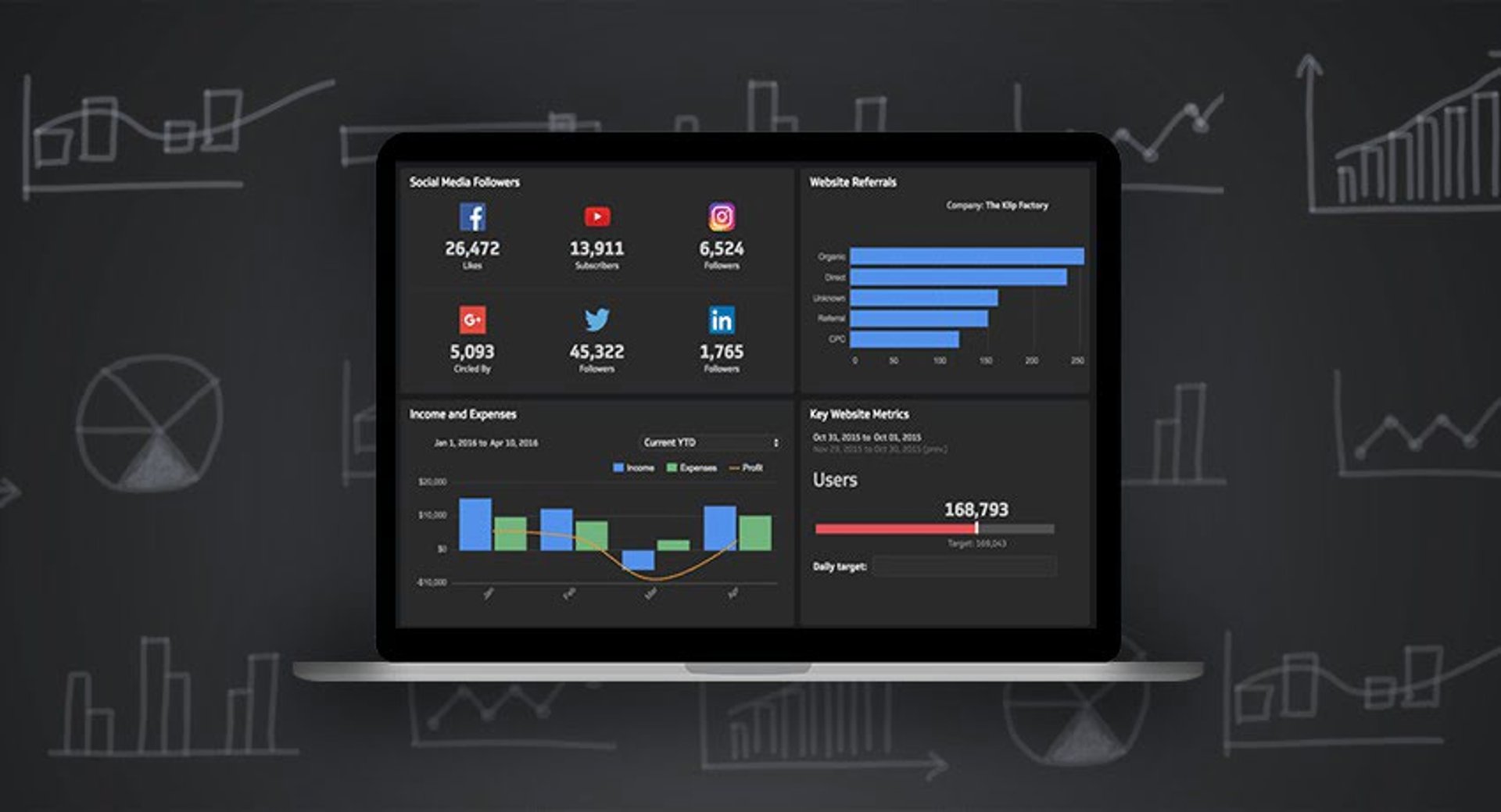Mind the gap: how to conduct a gap analysis that propels your business forward

Published 2023-02-01
Summary - Did you know? A gap analysis is the process of identifying where your team is versus where it wants to be.
It’s an age-old business dilemma: you want growth for your business but you’re not sure how to get there.
The solution to this problem is actually quite simple: conduct a gap analysis, or also commonly referred to as a need assessment, need analysis, or need-gap analysis.
A gap analysis is the process of identifying where your team is versus where it wants to be. In other words, your current state versus your future or target state. This gap can be evaluated from a quantitative or qualitative perspective.
Wondering how to get started? Ask yourself and your team these two questions:
- Where are we? (Current State)
- Where do we want to be? (Potential/Target State)
How will a gap analysis help my team?
Be honest. What specific problems are holding you back?
Conducting a gap analysis can help you and your team find solutions to these problems, ultimately improving your business efficiency, your product, and your profitability. By working through this process, you’ll be able to more effectively allocate and focus your team and key resources.
But let’s not jump too far ahead. First things first: learning how to do a gap analysis.
Gap analysis template: the breakdown
It’s important to keep in mind that although this analysis is primarily an inward look into your team performance, you must also consider external forces such as the industry landscape in order to give you a clear 360° view.
Step 1: Identify the current state of your department.
Let’s say your marketing team wants to increase the conversion rate on your company website by at least 5% per year for the next 2 years, from its current 3%. This would mean that its current conversion rate of 3% is your current state and your future state is 13%+.
From conversion rates, to customers, to MRR, there are always ways to improve every aspect of your business - all with different current states.
But as mentioned, start by tackling those with the biggest impact and biggest pain points.
Step 2: Identify where you want to be.
As mentioned in Step 1, you need to identify your desired future state (where you want to ultimately end up). Be realistic with yourself, consider how you are doing today and where you want to be in a reasonable timeframe.
Consider any strategic plans you currently have in place. Take a look at the targets of this plan, the timeframe may be as long as 5 years out, which is okay. All you need to do is reflect on where you currently are in the process of working towards them.
Step 3: Identify the gaps in your department.
Now, it’s time to determine exactly what the gaps are and start bridging them.
One thing to keep in mind is to make sure that your current state and your future goals exist in the same time period and make any necessary adjustments. For example, if you are hoping to increase your conversion rate to grow 5% over the next 2 years, you will want to consider what your current rate will be in 2 years at your current pace. Alternatively, you may not project out 2 years and simply have the future state be 10% not 3. The gap there would be 7%.
After completing the initial phase of analysing your current state versus your desired state, you may find yourself or your eager team members moving towards a state of fast-paced growth. In these situations, your mindset should shift from identifying what you can do to move from now into the future to what actions you can repeat to continue to see that growth through.
Step 4: Describe the gap
Now that you have your gaps, the next step in a gap analysis is to understand the reasons for why they exist. The aim of this step is to analyze all of the factors driving the gap in the first place. These facts could be either qualitative or quantitative.
More simply put, why does the gap exist? To answer this question and drill down the root cause of the gap, we can use the “5 Whys” assessment. This is a technique that helps to explore the cause and effect of a particular problem by asking the question “why” and questioning the answer to that question. By repeatedly questioning “why” to each question, you ultimately end up at the root cause.
Although the 5 Whys can be useful for identifying the root cause of a problem, there are situations where there are many problems or root causes at play. So it can be difficult to figure out which root cause is the main cause of a gap.
In order to help you identify your gaps, why the exist, and what you can do about them, many make use of a SWOT analysis to help organize thoughts and ease the process.
SWOT Analysis
You have likely encountered a SWOT analysis at some point during your schooling or work life to date, but as a refresher, a SWOT analysis is useful technique to help you carve a sustainable niche in your market. This is done through identifying your company’s internal strengths and weaknesses as well as external threats and opportunities.
To start, create a SWOT analysis matrix. This matrix acts as a visualisation and place for you to organize your notes for each of the different categories. When you are listing out your answers be sure to rearrange each bullet in order from highest priority to lowest. Once your matrix is filled, you are in a good position to analyze how you can use your strengths and opportunities to minimize weakness and fight or avoid threats.

Feeling stuck? Ask yourself some of the following questions. Be honest with yourself, it will save you time in the future. Assess these questions both from an internal and external point of view.
Strengths:
- What is your company’s competitive advantage?
- What can you do better than anyone else?
- What do your customers say that you do well?
- What factors are unique selling features for your company?
Weaknesses:
- What could you improve?
- What are your competitors doing better than you?
- What negative feedback have you received from your customers?
- What factors cause you to lose sales?
Opportunities:
- What interesting trends are you aware of?
- What opportunities do you see coming from: changes in technology, government policy, social patterns and lifestyle changes?
Threats:
- What are your competitors doing?
- Are standards or specifications changing?
- Is the idea of changing technology nervewracking?
- Do you have debt or cash-flow problems?
Step 5: Bridge the gap
With the cause of the gap identified, it’s time to figure out how you’re going to close it. This means creating a concrete plan and course of action. It’s important that you base your action plan on the information discovered throughout the analysis, consider the cost of implementation for each solution, and give yourself a reasonable time frame. Like many things, without a due date, it could go to the wayside or be forgotten.
Related Articles

Why Are KPIs Important?
By Danielle Poleski — August 5th, 2025
2025 BI and Analytics Trends for Small and Mid-Sized Businesses
By Allan Wille, Co-Founder — December 18th, 2024
What is a KPI, Metric or Measure?
By Jonathan Taylor — June 10th, 2024

